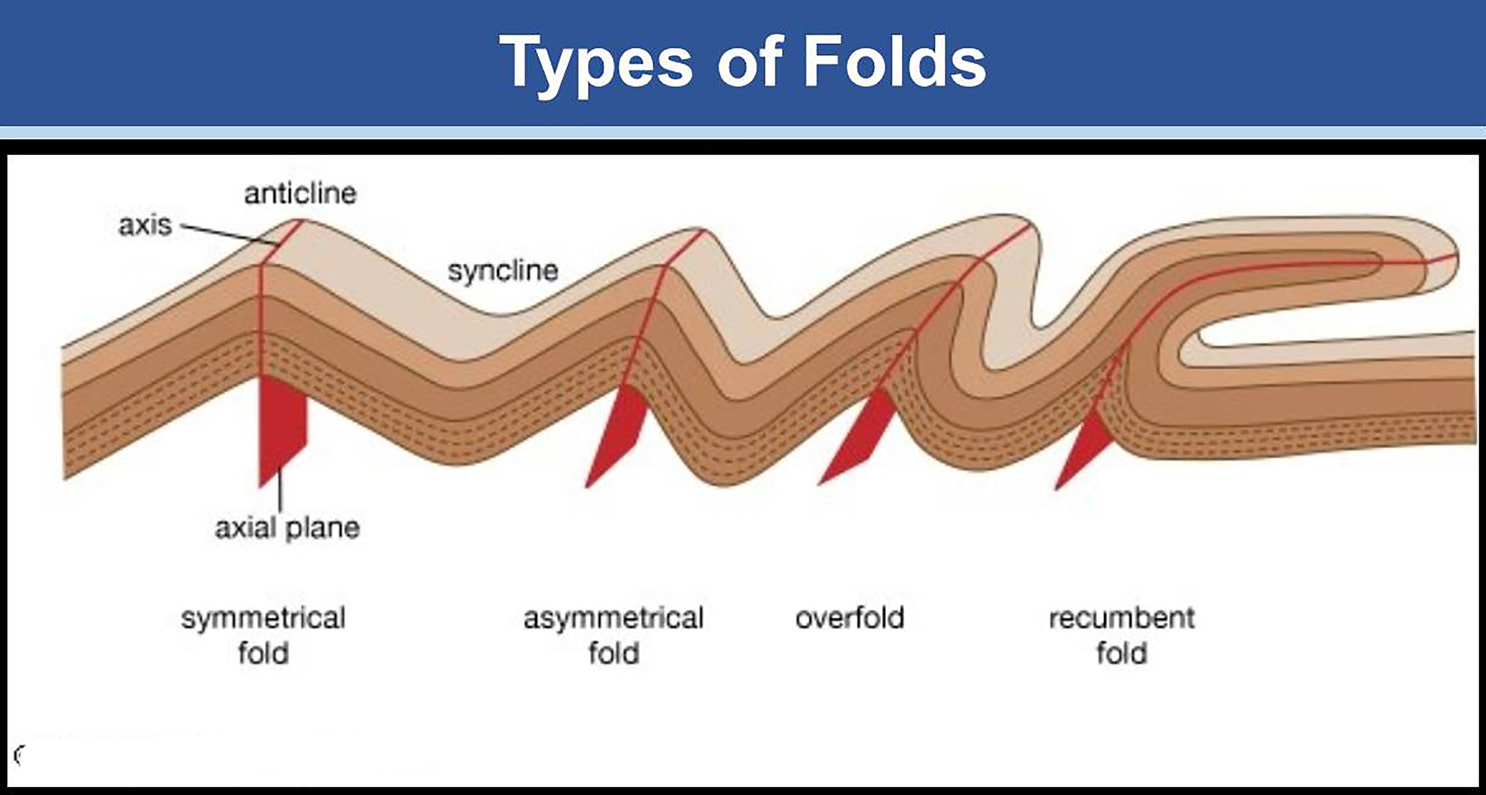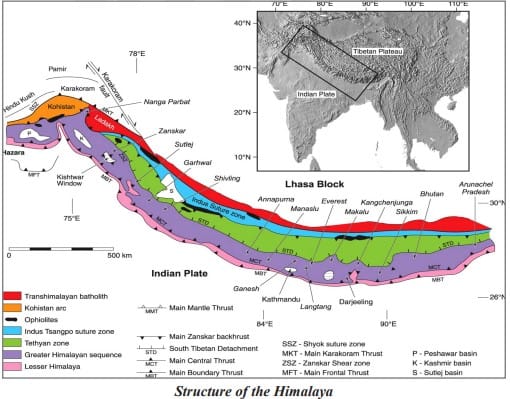Endogenetic Forces and Their Impact on Earth’s Landforms
Endogenetic Force Endogenetic Force refers to the force generated from the Earth’s interior. It is responsible for the formation of various landforms through internal movements, and hence, it is also known as ‘constructive movement.’ These… Endogenetic Forces and Their Impact on Earth’s Landforms


